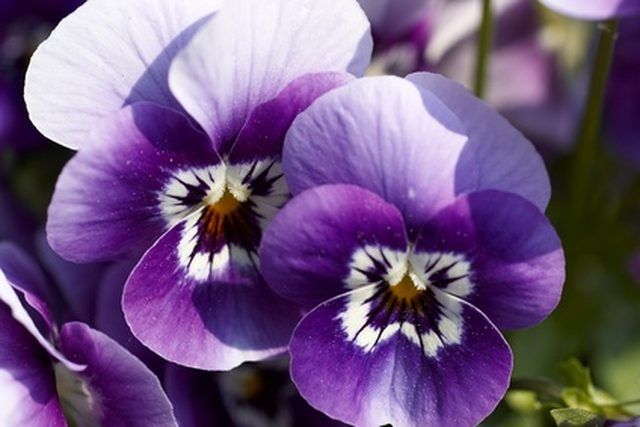Bulbs
Flower Basics
Flower Beds & Specialty Gardens
Flower Garden
Garden Furniture
Garden Gnomes
Garden Seeds
Garden Sheds
Garden Statues
Garden Tools & Supplies
Gardening Basics
Green & Organic
Groundcovers & Vines
Growing Annuals
Growing Basil
Growing Beans
Growing Berries
Growing Blueberries
Growing Cactus
Growing Corn
Growing Cotton
Growing Edibles
Growing Flowers
Growing Garlic
Growing Grapes
Growing Grass
Growing Herbs
Growing Jasmine
Growing Mint
Growing Mushrooms
Orchids
Growing Peanuts
Growing Perennials
Growing Plants
Growing Rosemary
Growing Roses
Growing Strawberries
Growing Sunflowers
Growing Thyme
Growing Tomatoes
Growing Tulips
Growing Vegetables
Herb Basics
Herb Garden
Indoor Growing
Landscaping Basics
Landscaping Patios
Landscaping Plants
Landscaping Shrubs
Landscaping Trees
Landscaping Walks & Pathways
Lawn Basics
Lawn Maintenance
Lawn Mowers
Lawn Ornaments
Lawn Planting
Lawn Tools
Outdoor Growing
Overall Landscape Planning
Pests, Weeds & Problems
Plant Basics
Rock Garden
Rose Garden
Shrubs
Soil
Specialty Gardens
Trees
Vegetable Garden
Yard Maintenance
How to Fertilize Pansies
How to Fertilize Pansies. Cool-weather pansies add bold color to flower beds and planters. Available in nearly any color imaginable, pansies thrive in the spring and fall months when many plants are still dormant. They require minimal care, allowing you to enjoy their blooms without the need for constant work in the garden. Pansies are not heavy...

Cool-weather pansies add bold color to flower beds and planters. Available in nearly any color imaginable, pansies thrive in the spring and fall months when many plants are still dormant. They require minimal care, allowing you to enjoy their blooms without the need for constant work in the garden. Pansies are not heavy feeders, but some fertilization encourages them to remain healthy and to continue with their prolific blooming. Pansies grown in containers do require more frequent fertilizing than those grown in beds.
Things You'll Need
Slow-release fertilizer
Soluble fertilizer
Apply a slow-release, 10-10-10 (10 percent each nitrogen, phosphorus and potassium) analysis or other similar fertilizer to the pansy bed just prior to planting. Use 1 tsp. of fertilizer per each square foot of bed, or use 1 tsp. per each gallon of soil in a planter.
Apply 10-10-10 fertilizer to the bed at the same rate as at planting every four weeks while the pansies are actively growing, according to West Virginia State University Extension. Sprinkle the fertilizer between the plants and work it into the top 3 inches of soil. Do not get fertilizer on the pansy leaves, as it may cause damage.
Fertilize potted pansies beginning four weeks after initial planting. Use a 10-10-10 water soluble fertilizer every two weeks, or as recommended on the fertilizer label. Fertilizer leaches from potted plants more quickly so frequent fertilization is necessary.
Tips & Warnings
Add compost to the bed prior to planting. Compost adds nutrients to the soil as well as improving drainage.
If you grow your own pansies from seed, fertilize the young plant with a quarter-strength soluble fertilizer once weekly until you transplant them to their permanent location.
Avoid over-fertilizing the pansies. This can lead to reduced flower production.
Do not fertilize pansies when they are not actively growing. Fertilizing during cold snaps or heat waves when pansies are semi-dormant can burn the plant's roots and kill them.